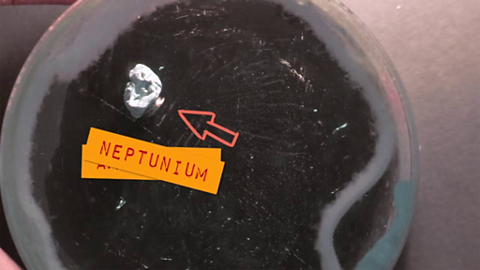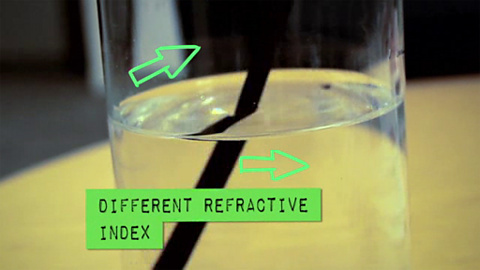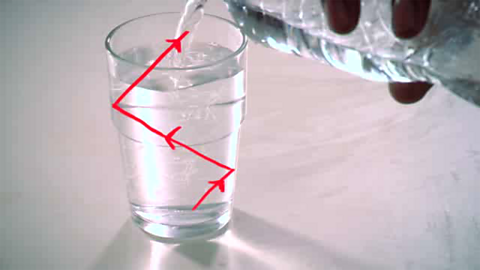Science presenter Jon Chase describes Aristotle’s and Galileo’s theories about falling bodies.
With the help of some students, Jon demonstrates that two balls of similar size, but different mass, dropped from a window will land at the same time. However, a hammer and a feather dropped at the same time will not hit the ground at the same time.
This is due to air resistance.
Footage from the Apollo 15 mission is shown, in which astronaut David Scott demonstrates that in the absence of air resistance, both the feather and the hammer accelerate at the same rate.
Teacher Notes
Ask students to predict the results of the ball-drop experiment shown in the short film, and then show them the results.
Students could investigate this for themselves, including balls of different diameters and masses, perhaps using digital cameras to record their observations.
A strong glass tube with bungs at both ends, containing a feather and a plastic marble, could be evacuated using a vacuum pump and inverted to repeat the footage seen from the Apollo 15 mission.
Curriculum Notes
This short film will be relevant for teaching physics and science in general at KS3 and KS4 in England, Wales and Northern Ireland and National 4/5 in Scotland, and Cambridge IGCSE Physics
More from Physics Bites:
A demonstration of friction. video
Jon Chase explains friction.

Newton's Third Law. video
Science presenter Jon Chase explains Newton’s third law.

Radioactive decay. video
Jon Chase explains radioactive decay.

Refraction of light. video
Jon Chase explains the refraction of light.

Total internal reflection. video
Jon Chase explains total internal reflection.
